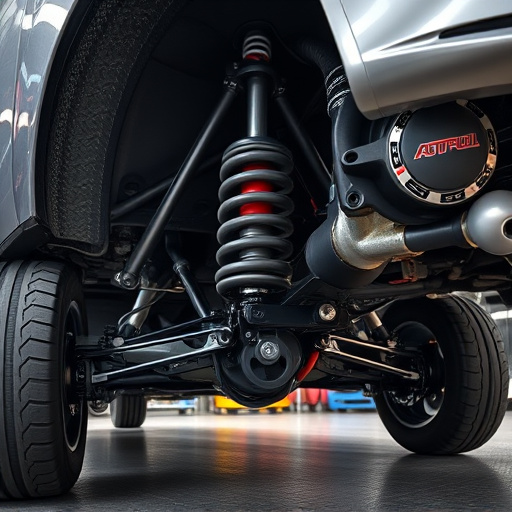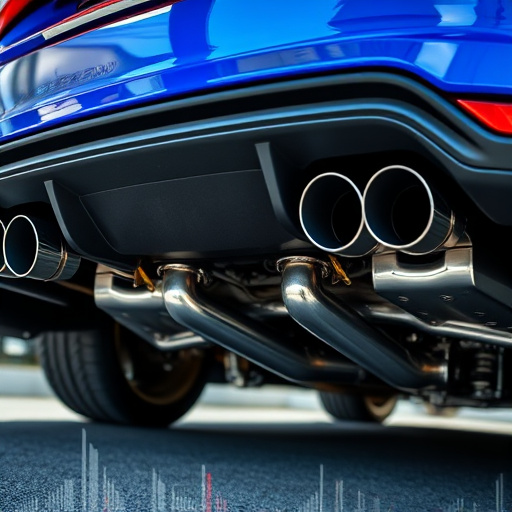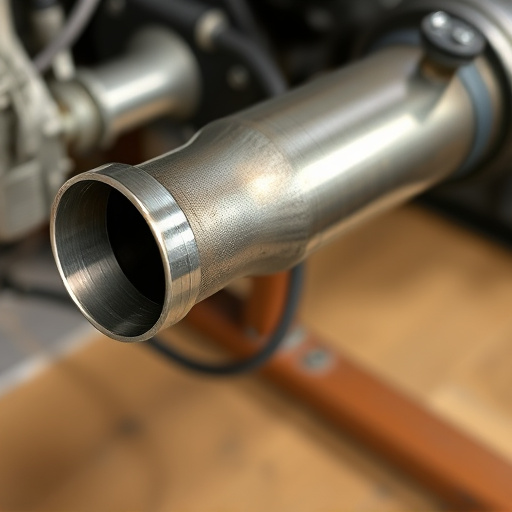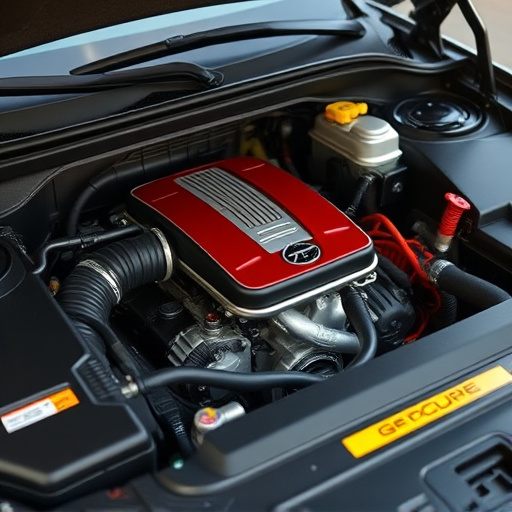Blow off valves (BOVs) are vital for high-performance vehicles, regulating airflow and preventing engine damage. Replacing them requires preparation: tools, compatible parts, assistance, and automotive knowledge. This guide offers a step-by-step process for DIY enthusiasts to enhance engine performance safely and maintain durability through regular inspections.
Tired of dealing with unexpected engine problems? Learn how to replace your blow off valves (BOV) without professional help. Understanding the crucial role BOVs play in your car’s performance is the first step. Then, equip yourself with the right tools and parts for the job. Follow our easy, step-by-step guide to ensure a smooth replacement process, keeping your vehicle running smoothly and efficiently. Boost your DIY skills and say goodbye to unexpected mechanic bills!
- Understanding Blow Off Valves and Their Function
- Preparing for Replacement: Gather Tools and Parts
- Step-by-Step Guide to Replacing Blow Off Valves
Understanding Blow Off Valves and Their Function
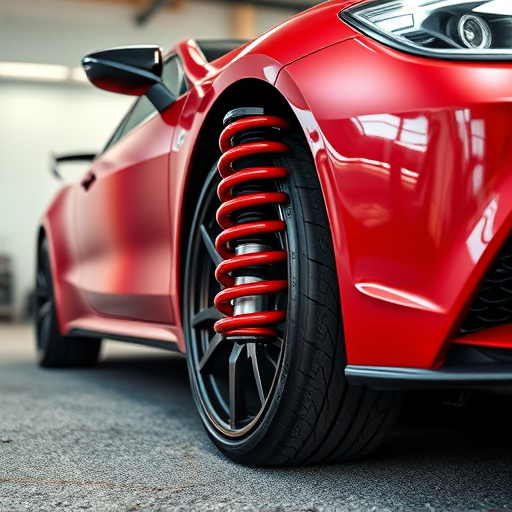
Blow off valves are integral components of high-performance vehicles, particularly those with turbocharged or supercharged engines. They play a crucial role in managing the airflow within the engine’s air intake system. These valves are designed to quickly release excess pressure built up in the system, ensuring smooth and efficient performance. When the boost pressure exceeds the valve’s setting, it opens, allowing compressed air to escape and preventing damage to the engine. This process is vital for maintaining optimal engine performance, especially during aggressive driving conditions or when pushing the vehicle’s power output with performance air filters or coilover kits.
Understanding how blow off valves function is essential before attempting any replacement. The valve itself is typically located near the turbocharger or supercharger and is connected to the intake manifold. It operates on a spring-loaded mechanism, which can be adjusted for specific performance goals. By controlling the pressure release, drivers can fine-tune their vehicle’s power delivery, ensuring a balance between engine performance and durability. This knowledge will enable car enthusiasts to make informed decisions when choosing replacement parts, ensuring they are compatible with their modified air intake systems.
Preparing for Replacement: Gather Tools and Parts
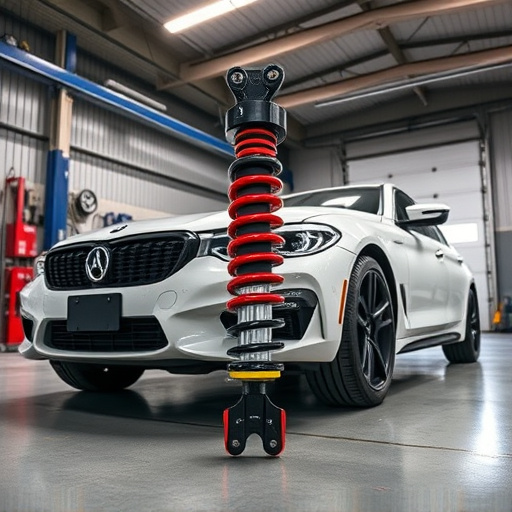
Before diving into the replacement process, it’s crucial to prepare and gather all the necessary tools and parts. For a successful DIY project, ensure you have the right equipment, including a jack, jack stands, socket sets with various sizes, wrenches, and a new set of blow off valves compatible with your vehicle model. Also, consider having an extra pair of hands for easier assembly. Remember to source authentic replacement parts that are designed to fit seamlessly into your car’s suspension components and cat back exhaust system without causing any damage.
Additionally, have some basic knowledge about automotive mechanics and the specific layout of your vehicle’s engine bay. This preparation will not only make the replacement process smoother but also ensure that you’re comfortable handling the task yourself. With the right tools and understanding, replacing blow off valves can be a manageable project for car enthusiasts looking to enhance their vehicle’s performance without professional assistance.
Step-by-Step Guide to Replacing Blow Off Valves

Replacing a blow off valve is a relatively straightforward process that can be accomplished by car enthusiasts with some mechanical knowledge. Here’s a step-by-step guide to help you through the process, ensuring your vehicle’s optimal performance. First, gather the necessary tools and parts, including a new blow off valve compatible with your vehicle model, socket wrenches of the correct size, and any required gaskets or seals. Park your vehicle on a level surface and engage the parking brake for safety. Next, locate the blow off valve, usually near the intake manifold. Remove the bolts securing the old valve, being mindful of any vacuum lines or wires that might be connected. Once the valve is accessible, carefully pull it out and inspect it for damage or debris. Clean the area thoroughly to ensure a secure fit for the new valve. Install the new blow off valve by aligning it correctly and tightening the bolts with the socket wrenches. Double-check all connections and tighten as needed. Reattach any vacuum lines or wires that were detached during removal. Test your vehicle’s performance after replacing the blow off valve, focusing on engine response and exhaust noise, which can indicate any potential issues. Regularly inspect the valve for leaks or damage, ensuring it continues to function optimally.
Replacing your car’s blow off valves can be a challenging task, but with the right knowledge and tools, it’s doable for DIY enthusiasts. By understanding the function of these vital components and following a structured approach, you can successfully navigate this process without professional assistance. Remember, proper preparation is key; gather all necessary tools and parts in advance to ensure a smooth replacement. With this guide as your companion, you’ll be well-equipped to tackle this project and breathe new life into your vehicle’s performance.








